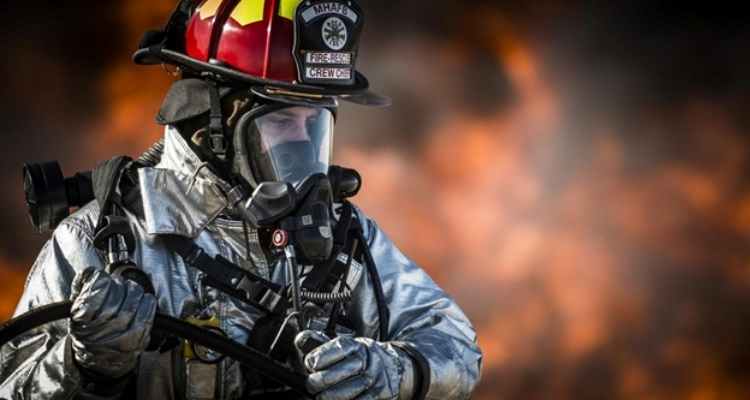Respirators are widely used in a variety of industries. They are also known as respirators, Cleanspace Technology dust masks, or dust filters. According to the National Institute for Occupational Safety and Health (NIOSH), respirators are used by more than 2 million people in the United States each year.
There are many different types of respirators. The most commonly used are:
● Particulate respirator (disposable or reusable)
● Emergency service respirator (ESR)
● Air-purifying respirator (APR)
● Chemical cartridge/chemical/gas mask
These respirators also come in many different forms, such as:
● Half-face respirators: protect eyes, nose, and mouth.
● Full-face respirators: protect the eyes, nose, mouth, and face.
Respirators can be worn by workers exposed to airborne contaminants such as silica dust, asbestos, or lead or by workers who need protection against contaminants present in the workplace environment.
Respirator users include:
General Industry Workers
Workers in the general industry, including manufacturing, construction, and utilities, may use respirators to reduce exposure to hazardous substances. Examples include silica dust from sandblasting operations or lead from welding fumes.
Construction Workers
Construction workers may be exposed to asbestos during renovations on older buildings or new construction projects where asbestos is present as insulation material. They also may be exposed to mold spores when working with wet building materials such as drywall or wood products like plywood that contain cellulose fiber.
Utility Workers
Utility workers may use respirators if they work near hazardous chemicals used by gas stations or other businesses that store flammable liquids in tanks on site. The type of respirator worn depends on what substance is being handled at any given time.
Healthcare workers
Respirators are also used in healthcare settings such as hospitals and clinics to protect healthcare workers from airborne infectious diseases from patients with infectious diseases such as tuberculosis and influenza.
Firefighters
Firefighters are also exposed to smoke and toxic gases when fighting fires.
Respirators also vary by occupations. Here are the common types of respirators used by various occupations:
● Dust masks and particulate respirators
They are used mainly by workers in construction and manufacturing industries and those who work with chemicals or dust that can cause breathing problems.
● Air-purifying respirators
These are non-powered respirators that can be used by themselves or with a powered air-purifying respirator (PAPR). They contain filters that remove contaminants from the air. They can also filter out welding fumes or paint vapors. They are often used in healthcare settings to protect against infections like tuberculosis and influenza.
● Powered air-purifying respirators (PAPRs)
They use battery-powered motors to push air through a filter while filtering air simultaneously. This respirator is only used when needed because it uses batteries that need to be changed often and can be heavy for long periods.
● Self-contained breathing apparatus (SCBA):
This type of positive pressure full face mask provides clean breathing air from an external source through a compressed gas cylinder. It’s used for situations where there may not be any oxygen available or when you need protection against hazards like smoke, toxic gases, or chemicals that might require additional protection.
● Gas and vapor respirators
They supply air to the user through a full-face mask or hood covering the mouth and nose. These respirators are typically used in industrial applications where toxic gases may be present such as welding operations, while other full-face masks protect against harmful chemicals or viruses such as HIV/AIDS, Ebola, and Corona.
● Escape Respirators
These are for emergency uses only, they don’t last long, and they are mainly used for immediate actions by military personnel, miner, emergency response team, and firefighters.

